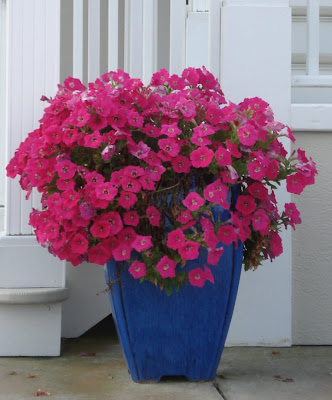Here's a before photo of her space in all its white-light no-makeup glory:


While the design and implementation plan is still in progress, here's been our design process thus far:
- Flagged, clipped and discussed photos from online sources and design books and mags of what we liked and thought might work
- Completed a site assessment. This included considering: water runoff/drainage, light, space, privacy concerns, traffic via walkways and pathways...
- Discussed at length how she currently uses the space as well as her lifestyle needs (e.g. entertainment, storage)
- Reviewed her favorite plants and her tolerance for caring for them.
- Toured her complex to see what other's had done with the same space and many of the same challenges.
- Measured, of course!!
The obstacles to overcome:
- First and foremost, the ginormous A/C unit needs some serious screening to make it visually less obtrusive. Currently it consumes about a 1/3 of the space, so this is big one!
- Busy girl + active life = little time for plant care. "Needs to be low maintenance" is an understatement.
- When it rains its pours. There's a down spout that dumps directly into the bed bordering the patio.
- A back parking pad means the patio is a primary pathway from car to house.
- Homeowners association rules....need I say more.
More to come. This one is a work in progress.





























